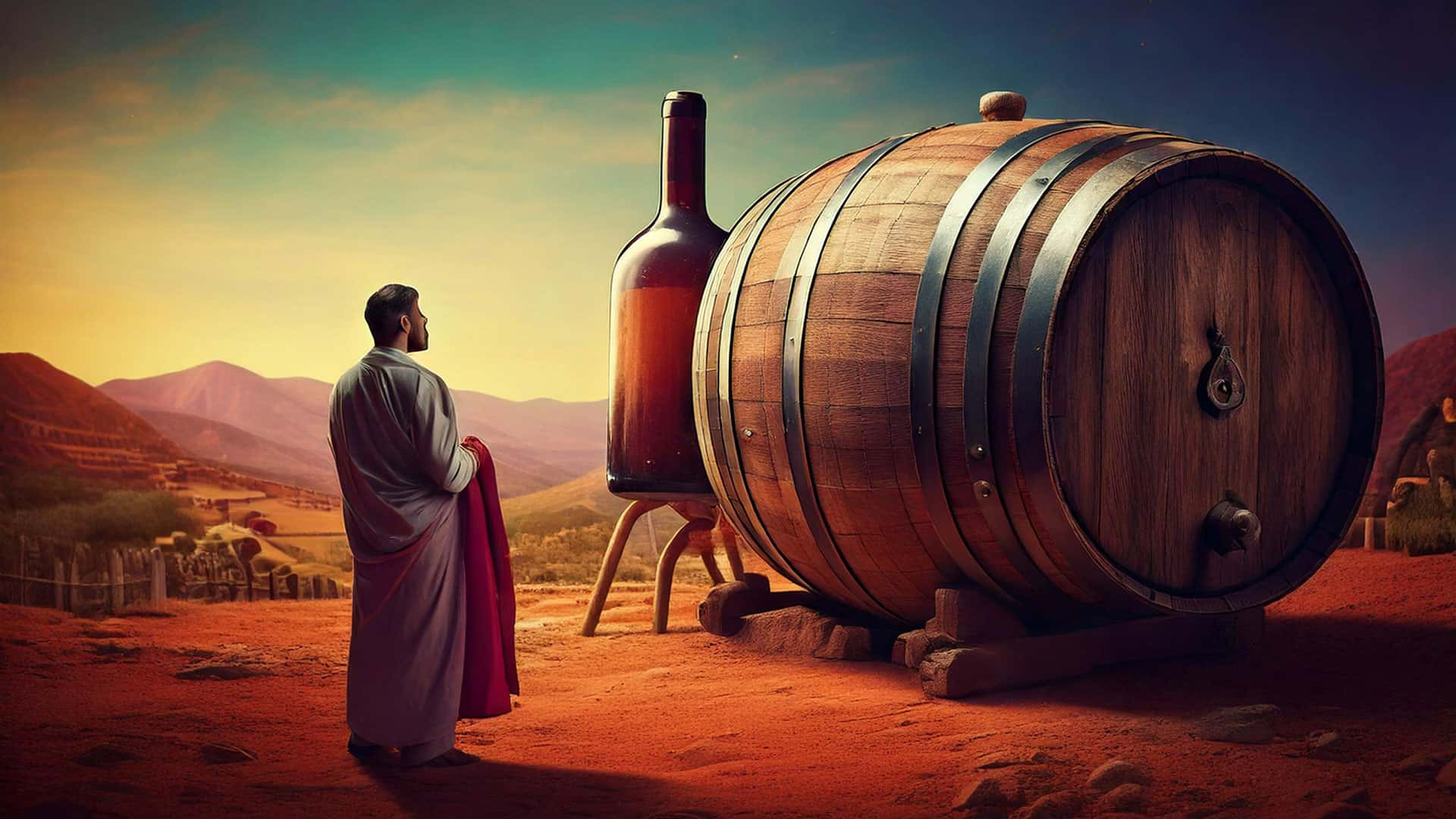Curiosities from the world of wine
Whether for general amusement on a suitable occasion or because you want to broaden your wine knowledge horizons with a curiosity or two from the world of wine. We have put together some surprising and entertaining facts from the world of wine that will make you smile and be amazed. Nowadays, it is obvious that drinking (too much) wine can be dangerous. Excessive consumption of alcohol is not good for our health. In ancient Rome, drinking wine could be fatal even if you only took a tiny sip of the noble grape juice. Women from respectable families were strictly forbidden to drink wine. If it was suspected that one or the other had disregarded this prohibition, a relative was ordered to press a kiss to the lady’s mouth. If the taste of wine was detected, the Roman woman was out – the penalty was death.
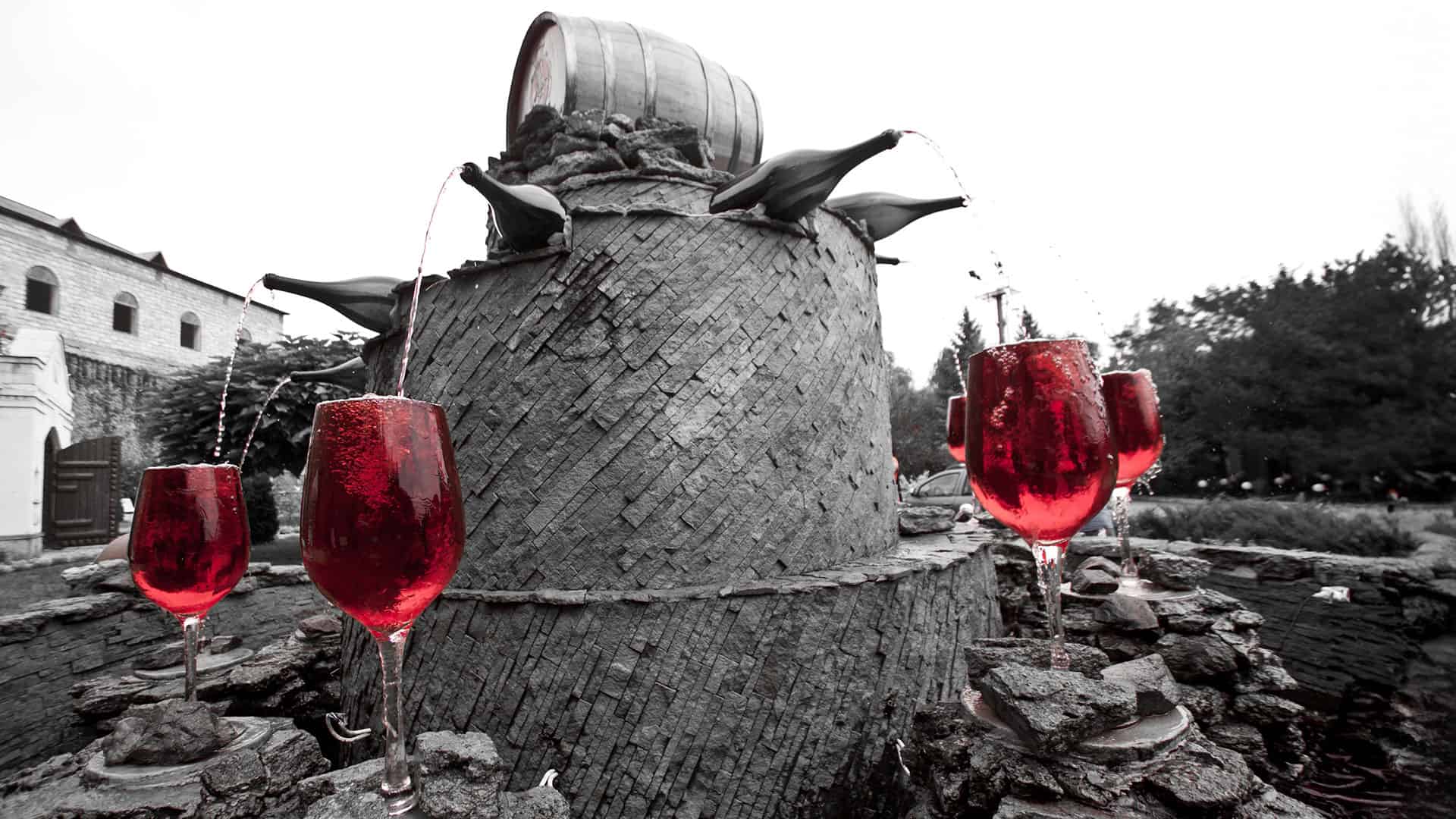
The world’s largest wine cellar, Milestii Mici in Cricova, Moldova, is the perfect place to choose which wine you would like to taste. No less than 1.2 million bottles of wine are stored in an underground tunnel system more than 120 km long and covering an area of around 53 hectares. A world of wine in a class of its own, to which former Russian President Nikita Khrushchev was introduced. The tunnel system, located around 100 meters below the earth’s surface, is so widely branched that the corridors bear the names of important grape varieties to make orientation easier.
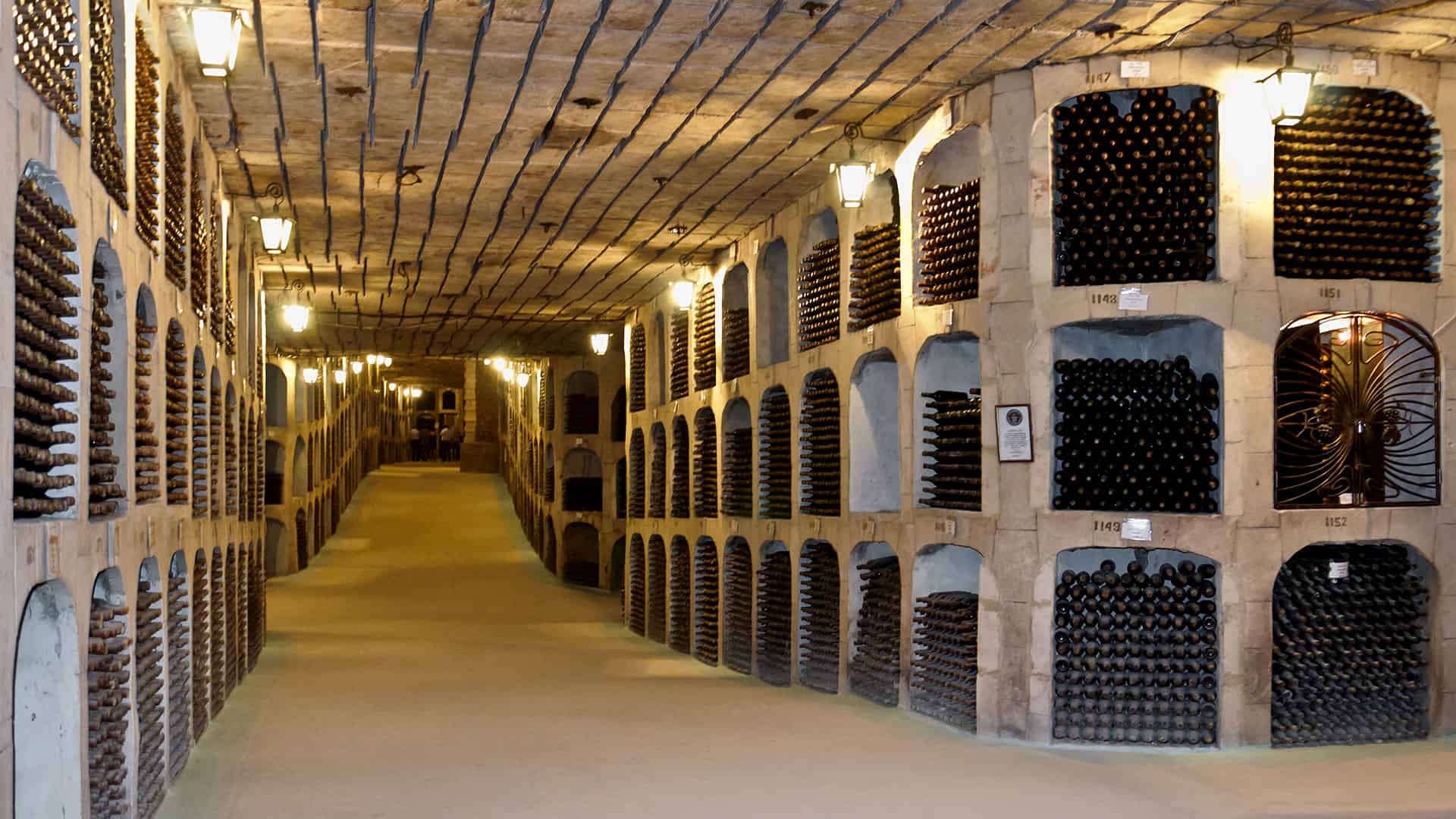
The smallest corkscrew in the world of wine is just 7 cm long and 7 mm wide when folded. It fits perfectly on the key ring and guarantees that you will never have to go without a good drop of wine in literally any situation. Even more – in the truest sense of the word – great things from the world of wine can be admired in the German town of Bad Dürkheim in the Palatinate wine-growing region. The largest wine barrel in the world can be found there, which was built in 1934 using wood from 200 fir trees that were 40 meters high. With a diameter of 13.5 m, it would hold no less than 1.7 million liters of wine. Instead, it now houses a restaurant where you can indulge in culinary delights. Table reservations are strongly recommended.
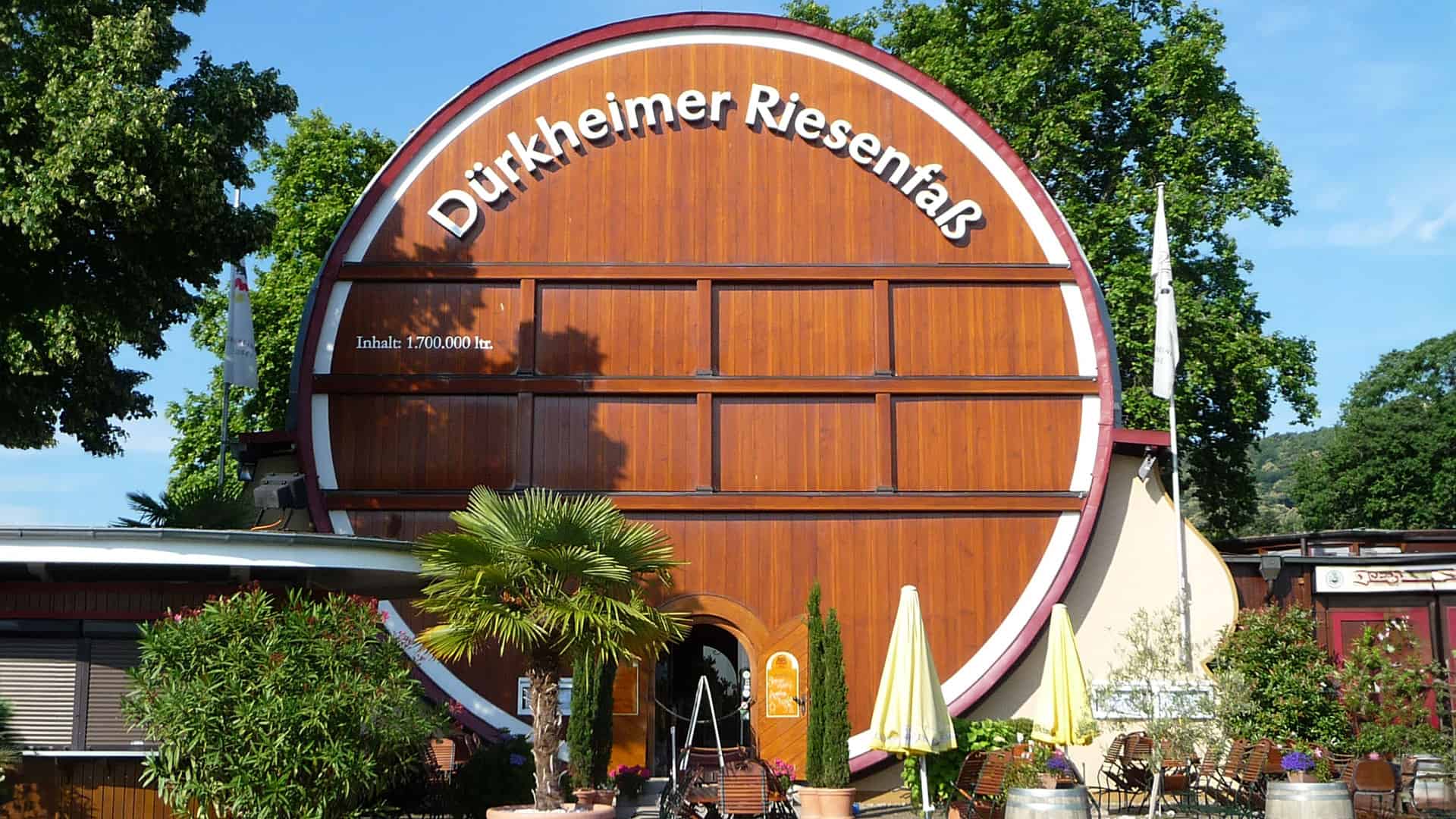
And of course, when it comes to curiosities from the world of wine, there’s no getting around the world’s largest wine bottle. When it comes to the one made of plastic, you don’t have to travel quite so far in Switzerland. In Lyssach, there is a 4.17 m high bottle with a diameter of 1.21 m, filled with 3,094 liters of wine, in the showroom of a car dealer. For the largest glass wine bottle in the world, we have to travel to our Austrian friends. In the Engel Wang Fu restaurant in Lustenau, you can admire a 2.99 m high glass wine bottle in a glass wine refrigerator specially made for the bottle. It weighs 770 kg empty and was filled with 1,590 liters of wine that was served at a major event a few years ago.
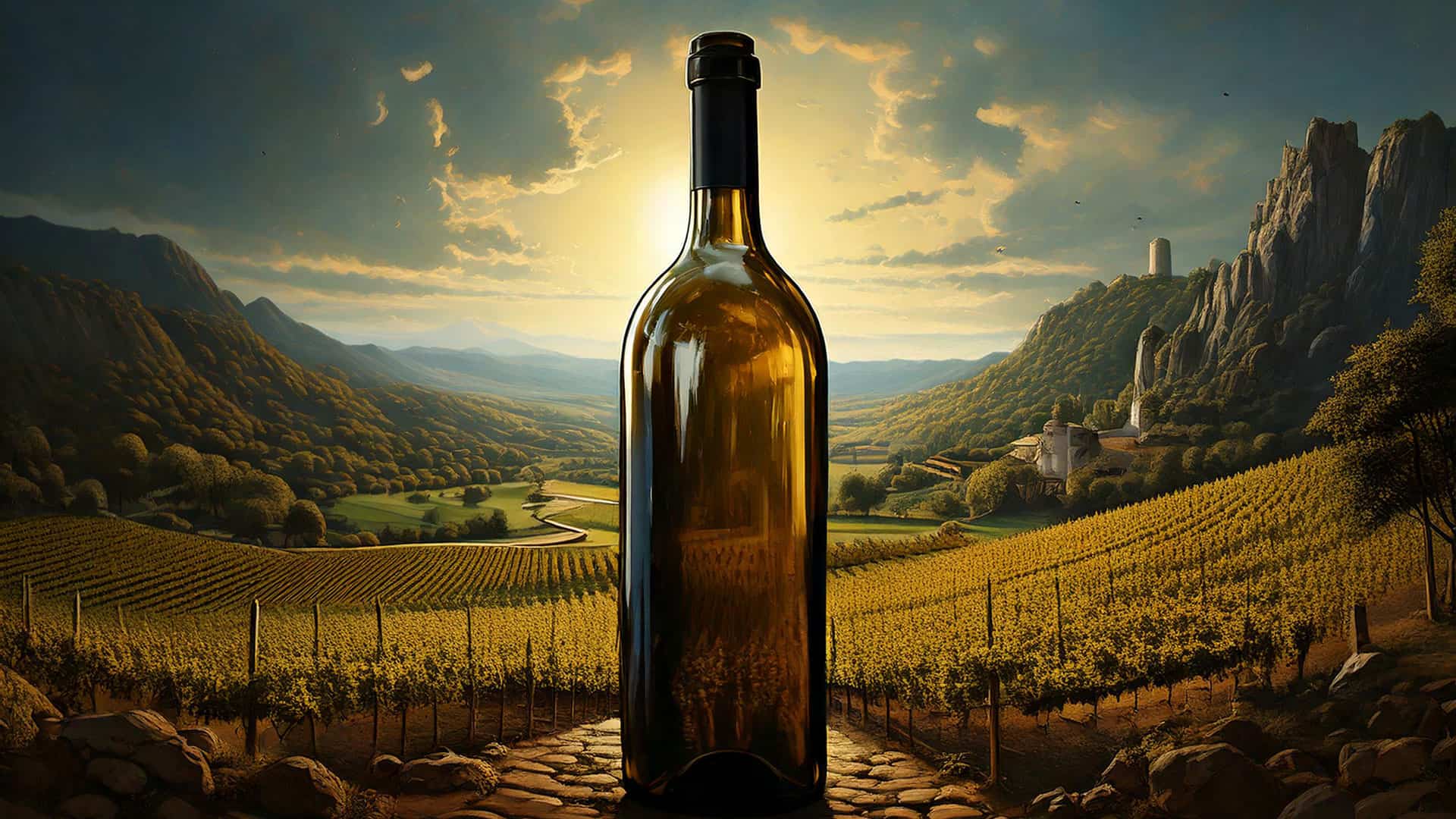
The suitcase in which the American entrepreneur Don Steiner transported the money for the bottle of wine he bought on November 6, 2021 must have been somewhat larger. He bought a Methuselah at auction – a bottle that holds 6 liters of wine. The Cabernet Sauvignon from The Setting Wines winery was worth a whole million US dollars to the entrepreneur. It is not known how much the oldest drinkable white wine in the world is worth. The fact is, however, that you can at least see it on a tour of the Bürgerspital winery in the Franconian town of Würzburg in Germany. The last bottle of Steinwein, which comes from the Stein vineyard above Würzburg, was bottled in the legendary year 1540. This vintage is still regarded as the wine of the millennium. None other than the world-famous wine critic Hugh Johnson and a small circle of selected wine lovers were granted the privilege of tasting the penultimate bottle of this wine in 1961. Hugh Johnson later wrote about it in his book “Hugh Johnson’s Wine Story”:
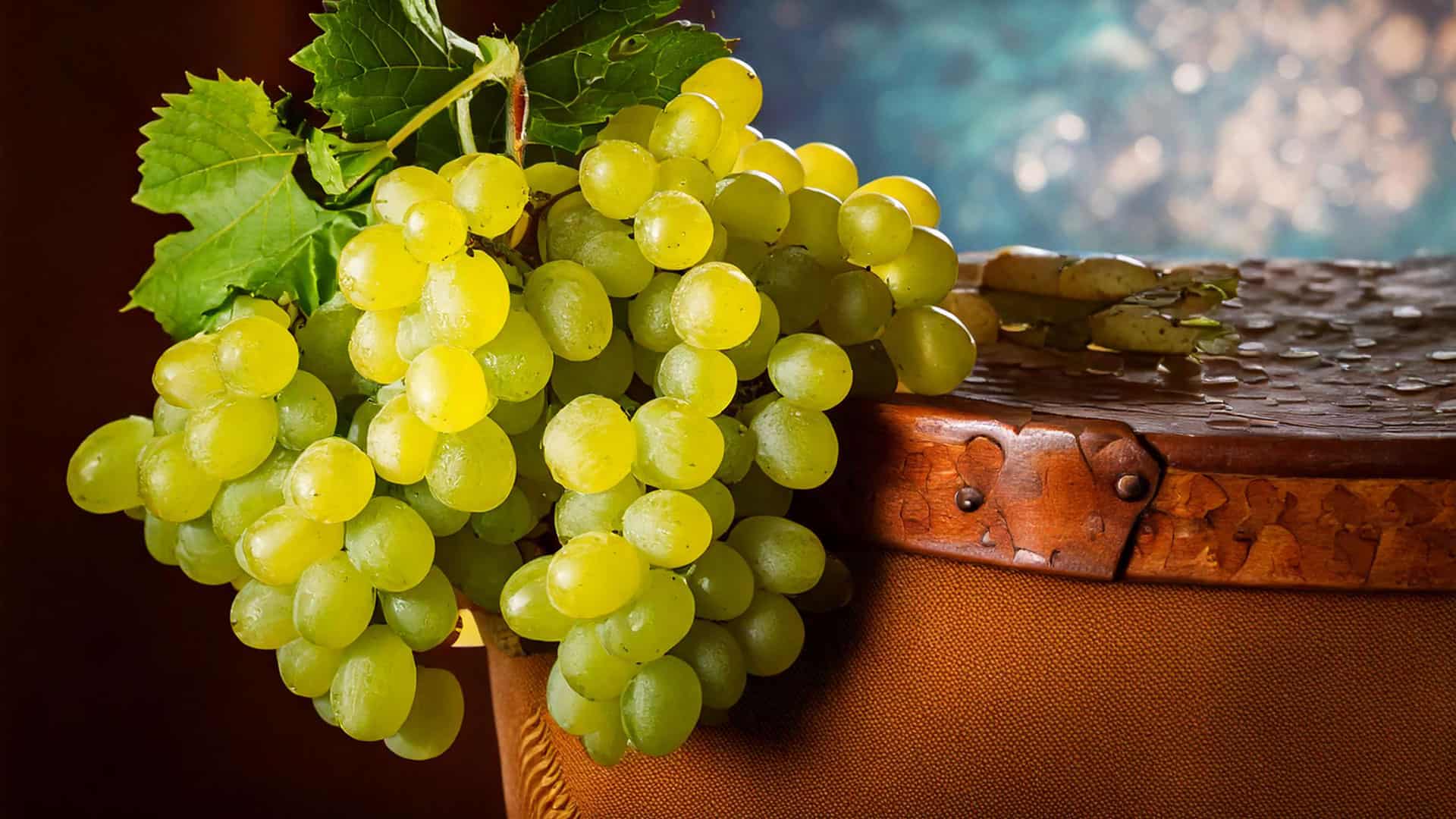
“Perhaps the oldest bottle of wine ever drunk (with pleasure) – it was 421 years old – was uncorked in London in 1961. It was a Steinwein, a wine from the steep Stein vineyard above Würzburg, the beautiful baroque city on the Main. …the 1540 Würzburger Stein was still alive. Nothing had ever made it so clear to me before that wine is truly a living organism, because this brown Madeira-like liquid in front of me still held the active elements of life that it had absorbed from the sun of that long-ago summer. In a way that was difficult to grasp, this wine even hinted at its German origins. We were able to take about two sips of the centuries-old substance before it died on contact with the air and gave up the ghost.”

